I’m sure by now you’ve heard of the term “Super Foods” but you may not know exactly what they are or why they are so ‘super’. Super foods provide multiple disease-fighting nutrients, fill you up so you can enjoy plenty of food without excess calories, and are easy to include in everyday meals. They not only promote wellness and weight control but tastes good, too! Hey we all know putting on the weight is the easy, ‘fun’ part. We get to eat and eat and eat whatever we want and how much as we want without regard to our health… until you either take a look in the mirror, get some scary test results or worse.
Having battled weight issues my entire life I know how hard it can be to lose weight or once you lost it, keep it off. It took me years to finally get to the point where I love working out, eat healthy and know that I don’t have to deprive myself. Everything in moderation is my mantra. Personal accountability is what it’s all about for me. Well a few years ago these super foods started to pop up as “hey not only do these taste great but look at all the health benefits!” and people started to care; they started to listen. There’s no official scientific definition of a super food, but it’s generally accepted that super foods contain high levels of much-needed vitamins and minerals. They can also be a source of antioxidants, substances that shield our bodies from cell damage and help prevent disease.
There is no pill or potion that makes weight loss a breeze. It can’t melt the fat and firm up the flubadub. And healthy eating doesn’t happen over night. It starts with educating yourself and again, personal accountability.
Acai – Native to the rainforests of South America, the açai (pronounced ah-SIGH-ee) is a small purple berry that has been touted as a weight-loss and anti-aging aid. The fruit contains very high levels of antioxidants in the form of anthocyanins, which help fight cancer and heart disease. It’s also one of the few fruits with oleic acid—the same heart-healthy fat in olive oil. Because fresh açai is often unavailable, it’s typically sold frozen or in tablets, powders, or juices. Try avoiding açai juices, because they usually contain added sugar. Try buying packs of unsweetened frozen açai that you can blend with any sweet fruit to make a smoothie without a lot of junk.
Goji Berries – Goji berries have become a common sight on supermarket shelves, and for good reason: They contain a lot of vitamin C. Native to Tibet and Inner Mongolia, these orange-red tangy berries have been used by Chinese herbalists for centuries to treat visual ailments and poor circulation and to help boost the immune system. Scientific research has yet to support such claims, but there’s no denying that goji berries are rich in plant-based antioxidants and compounds. Look for goji berries dried whole, and in powders and drinks.
Chia Seeds – Chia seeds are packed with omega-3 fatty acids, fiber, and calcium. If you’re not someone who eats a lot of fish, they’re a great way to get plant-based omega-3s in your diet. They have an awesome taste, crunch, and nutty flavor.
Quinoa – It is an ancient grain, easy to make, interesting, high in protein (8 grams in 1 cup cooked), fiber (5 grams per cup) and a naturally good source of iron. Quinoa (pronounced keen-wa) also has plenty of zinc, vitamin E, and selenium to help control your weight and lower your risk for heart disease and diabetes. uinoa is as easy to prepare as rice and can be eaten alone or mixed with vegetables, nuts, or lean protein for a whole-grain medley. Try to make at least half your daily grain servings whole grains. In addition to quinoa, try barley, oats, buckwheat, whole wheat, wild rice, and millet.
Beans – Beans are good for your heart — really! Beans are loaded with insoluble fiber, which helps lower cholesterol, as well as soluble fiber, which fills you up and helps rid your body of waste. They’re also a good, low-fat source of protein, carbohydrates, magnesium, and potassium. Try edamame (whole soybeans) because they also contain heart-healthy omega-3 fatty acids. Beans can easily substitute for meat or poultry as the centerpiece of a meal but they also work as a side dish, or tossed into soups, stews, or egg dishes. The U.S. Dietary Guidelines recommend 3 cups weekly.
Broccoli – One of America’s favorite vegetables because it tastes good and is available all year long. It’s a rich source of vitamin A, vitamin C, and bone-building vitamin K, and has plenty of fiber to fill you up and help control your weight. You can eat broccoli raw, lightly steamed, stir-fried, roasted, or grilled. Eat it as a side dish, or toss into grains, egg dishes, soups, and salads.
Low fat or fat-free plain yogurt – Yogurt is higher in calcium than some other dairy products and contains a great package of other nutrients, including protein and potassium. It can also be enhanced with other good-for-you substances. It contains good bacteria that helps to keep your gut health while also protecting from intestinal illness. Yogurt is rich with calcium so it can also help fighting osteoporosis. Also rich in rich in phosphorus, potassium, zinc, riboflavin, vitamin B12 and protein yogurt is with no doubt one of the best super foods.
Sweet potatoes – These are a delicious member of the dark orange vegetable family, which lead the pack in vitamin A content. Substitute a baked sweet potato (also loaded with vitamin C, calcium, and potassium) for a baked white potato. And before you add butter or sugar, taste the sweetness that develops when a sweet potato is cooked — and think of all the calories you can save over that loaded baked potato. Other dark orange vegetable standouts include pumpkin, carrots, butternut squash, and orange bell peppers.
Berries – Berries pack an incredible amount of nutritional goodness into a small package. They’re loaded with antioxidants, phytonutrients, low in calories, and high in water and fiber to help control blood sugar and keep you full longer. And their flavors satisfy sweets cravings for a fraction of the calories in baked goods. Blueberries lead the pack because they are among the best source of antioxidants and are widely available. Cranberries are also widely available fresh, frozen, or dried. All can add flavor and nutrition to numerous dishes, from salads and cereals to baked goods and yogurt.
Eggs – Eggs make the list because they are nutritious, versatile, economical, and a great way to fill up on quality protein. Eggs also contain 12 vitamins and minerals, including choline, which is good for brain development and memory. Enjoy them at any meal or hard-cooked as a portable snack.
Kale – Kale is the super food of the moment. Just as broccoli, it contains vitamins A, C, B6 and K as well as fiber and potassium but also contains three times more lutein and zeaxanthin than spinach! It is the ultimate antioxidant food and also protects from cancer. Use it steamed so it can keep the healthy ingredients.
Salmon – Salmon is a super food because of its omega-3 fatty acid content. Studies show that omega-3 fatty acids help protect heart health. That’s why the American Heart Association recommends eating fatty fish like salmon twice weekly. Salmon is low in calories (200 for 3 ounces) has lots of protein, is a good source of iron, and is very low in saturated fat. You can simply grill or bake it, top it with salsas or other low-fat sauces, or serve it on top of salad greens.
Spinach – Popeye was definitely on to something — eating spinach even before we knew about superfoods! Spinach is filled with antioxidants, including vitamin C and beta-carotene, as well as lutein and zeaxanthin — a duo that acts like sunscreen for your eyes and guards against macular degeneration. One cup of fresh spinach leaves also provides almost double the daily requirement for vitamin K, which plays an important role in cardiovascular and bone health. And of course you can’t forget that spinach is a great vegetarian source of iron, which keeps your hair and nails strong and healthy. Use fresh spinach leaves as a base for salad or sauté it and add to an omelet.
Dark Chocolate – Believe it or not, chocolate is a healthy treat, as long as you choose wisely. Dark chocolate is rich in flavonoids, antioxidants that have been shown to lower blood pressure, improve blood flow, and boost overall heart health. Choose chocolate that is at least 70 percent cacao or cocoa to optimize the antioxidant power and health benefits. Dark chocolate may even boost your mood. While there’s no scientific explanation for why, the rich taste and sensuous mouth-feel of a decadent piece of dark chocolate may be to thank. Just be sure to keep your portions in check — one ounce of dark chocolate has about 150 calories
Red Bell Peppers – A little known fact: one red bell pepper has twice as much vitamin C as an orange. Vitamin C is a powerful antioxidant that helps clear your body of free radicals and keeps your skin and blood vessels healthy and strong. The vitamin C in bell peppers may also help prevent arthritis or slow the progression of the disease. Red bell peppers also deliver beta-carotene and lycopene, two more antioxidants that have been associated with decreased risk of eye diseases like cataracts. And, thanks to their high water content, bell peppers of all colors are a high-volume, low-cal food that’s very figure-friendly.
Oats – You’ve probably heard that it’s good to eat oats if you have high cholesterol. That’s because whole grain oats are one of the best sources of soluble fiber, which, in addition to lowering cholesterol, helps keep blood sugar levels under control. Trade in your cream of wheat or sugary breakfast cereal for a bowl of wholesome oats topped with berries and chopped nuts for extra nutrition.
Squash – Squash is loaded with nutrients that will help your heart, bones, eyes, and skin. Beta-carotene and potassium are the two standouts here: Beta-carotene is an antioxidant that helps rejuvenate skin, protect your vision, and may even reduce risk of arthritis. Potassium is a mineral involved in lowering blood pressure and maintaining healthy bones.
Nuts – Nuts are rich sources of heart-healthy unsaturated fats. Studies of Seventh-Day Adventists (a religious denomination that emphasizes healthy living and a vegetarian diet) show that those who eat nuts add, on average, an extra two and a half years to their lives. Walnuts may be the spotlight-stealers, though, with their high level of alpha-linolenic acid (ALA), an omega-3 fatty acid that’s been linked to heart health and improved mood. Walnuts’ high mono- and polyunsaturated-fat content also helps reduce total and “bad” LDL cholesterol levels while maintaining healthy levels of “good” HDL cholesterol.
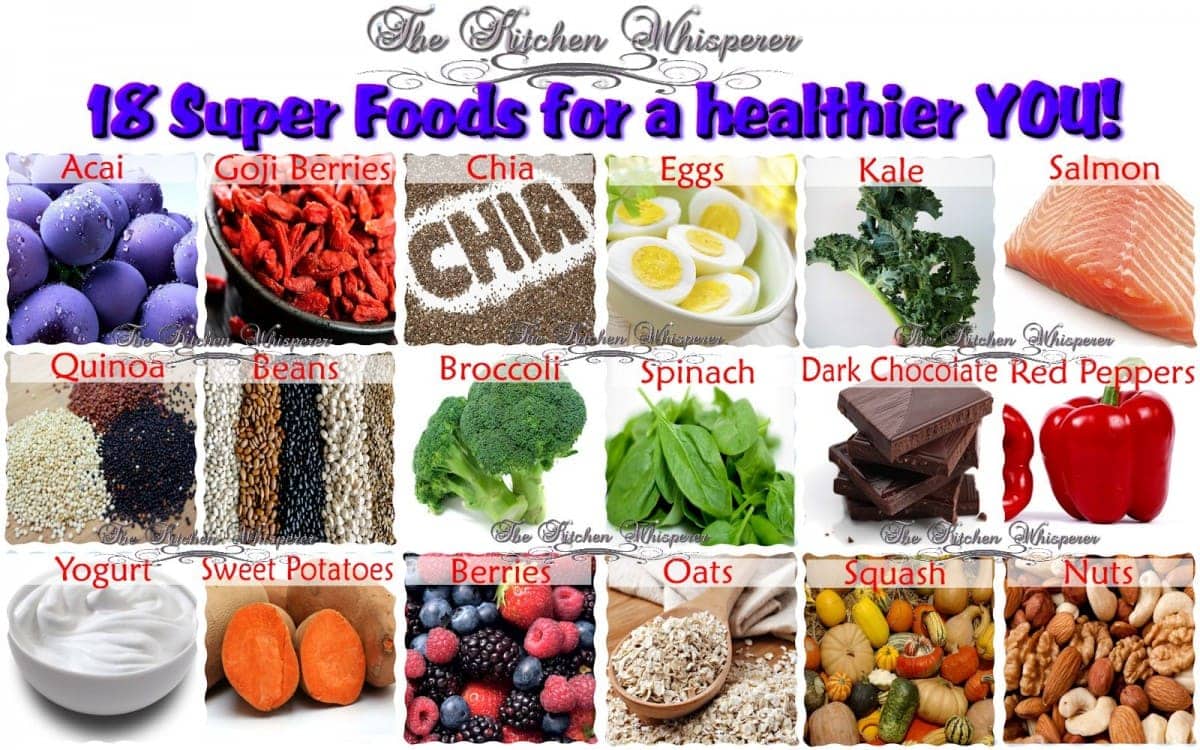
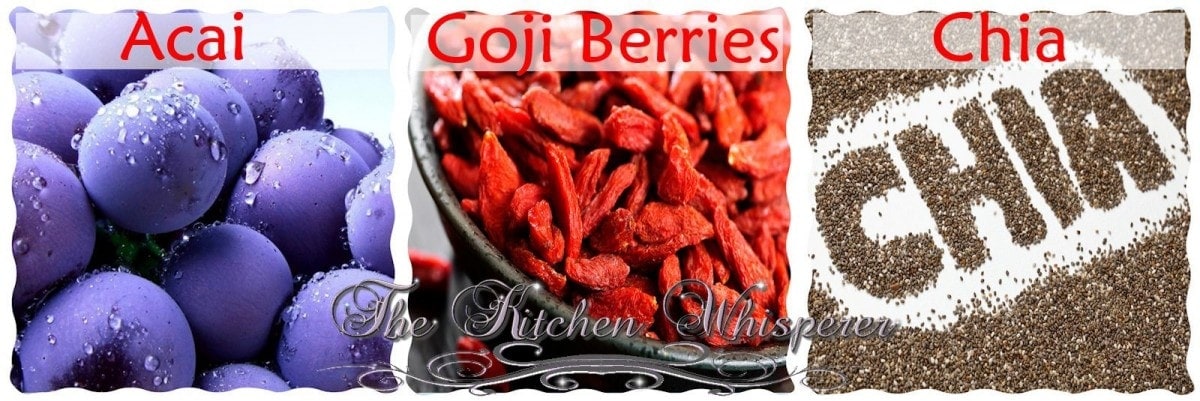
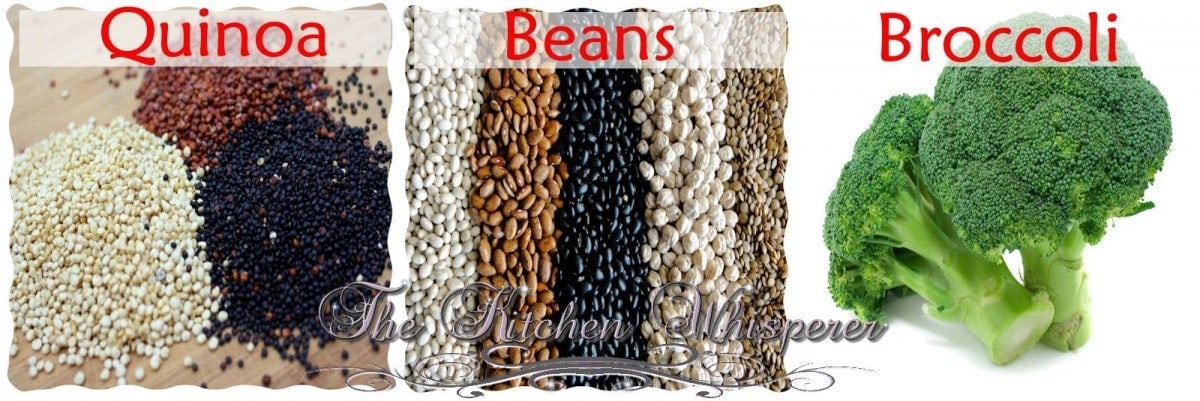
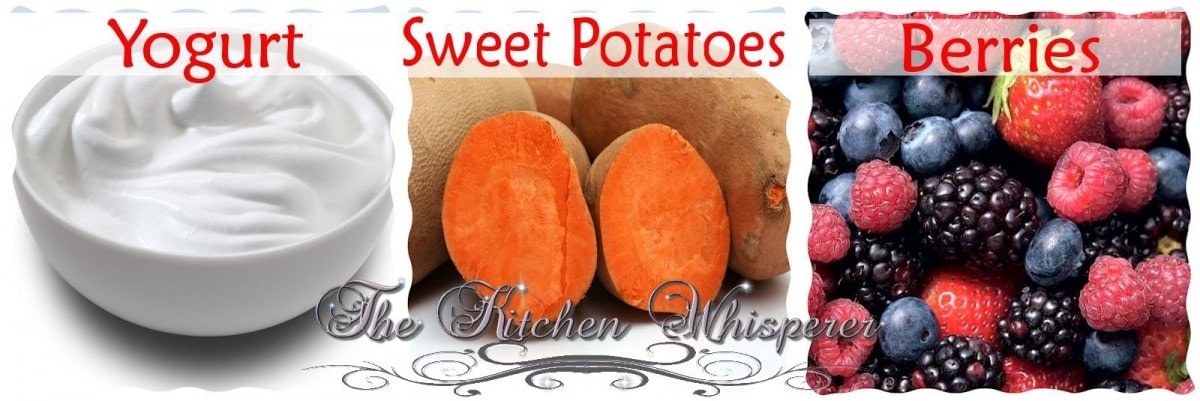
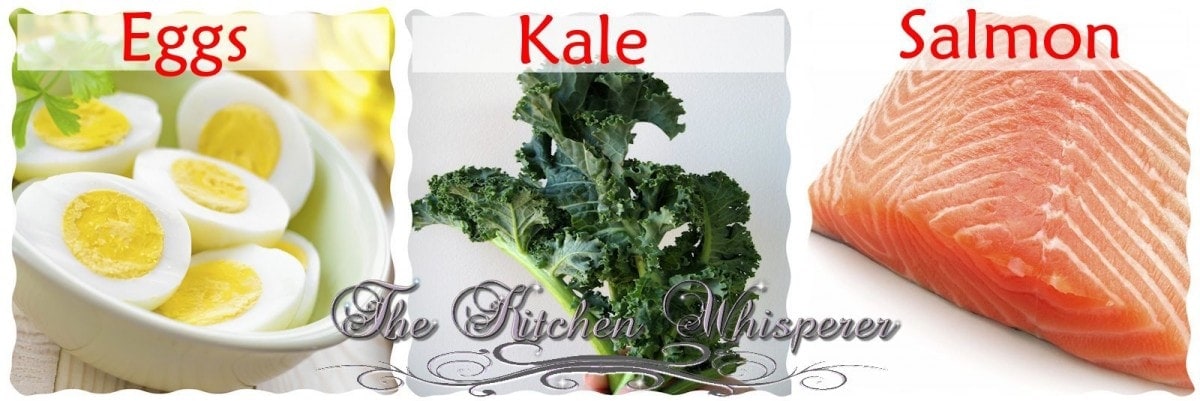
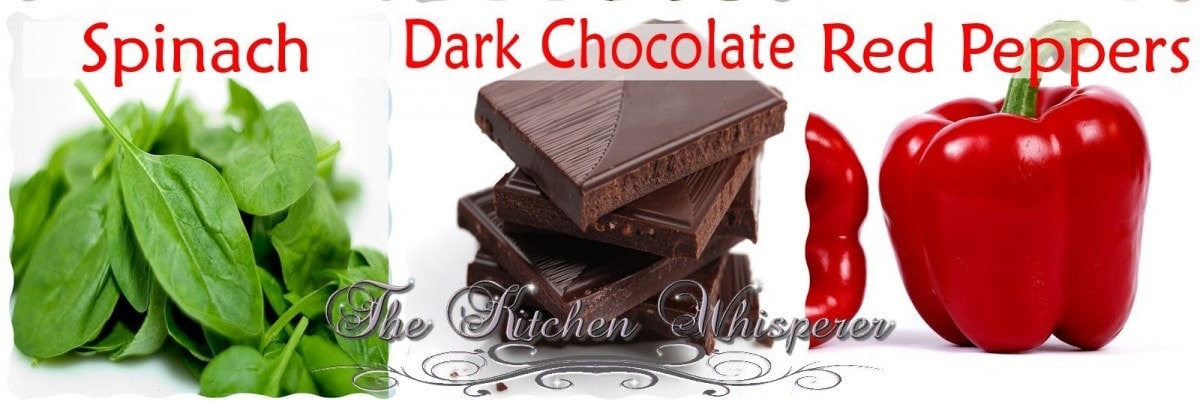
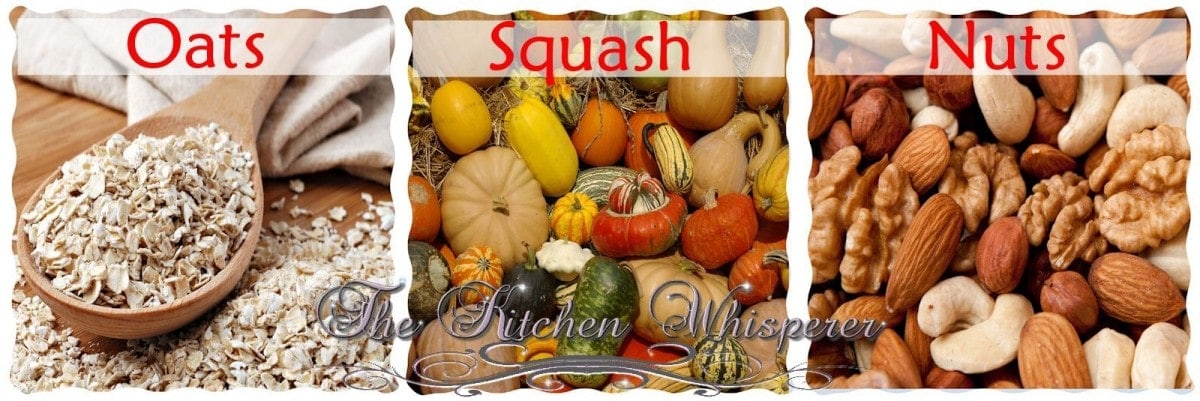










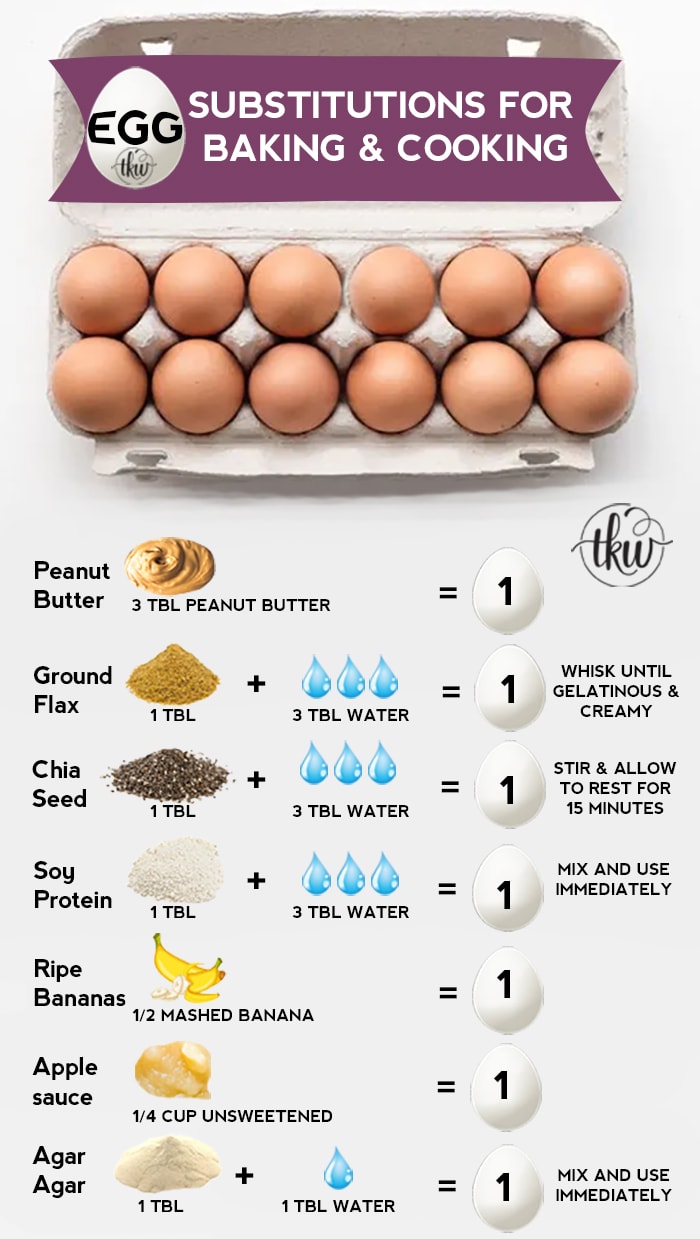
Leave a Reply